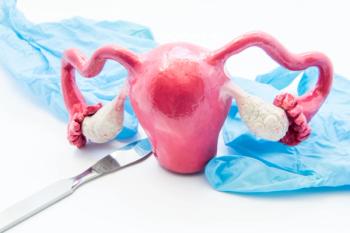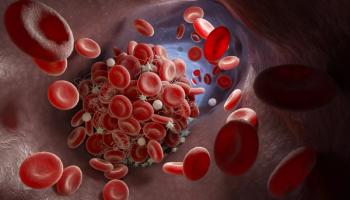
Are You Dense?
This week, the Food and Drug Administration (FDA) proposed changes to improve and modernize breast cancer screening. In their proposal, the FDA submitted amendments to the current regulations that would provide patients with more detailed information. This information, which would include breast density, would help patients make better decisions regarding their personal health care.
Are you dense? I’m not referring to your mental abilities, I’m referring to your breasts. Have you felt them lately? I’m very concerned with your answer and so is the Food and Drug Administration (FDA), it seems.
For the first time in over 20 years, the FDA feels amendments to current regulations would not only
Breasts are composed of milk glands, milk ducts, supportive and fatty tissues. In women with dense breasts, there is more dense tissue than fatty tissue. This density makes it difficult for women to palpate their breasts accurately during breast self-exams and also makes it challenging for mammograms to detect breast cancer.
On a mammogram, fatty breast tissue appears dark and transparent while dense breast tissue appears solid and white. Very dense breast tissue can mask cancer since breast cancer also appears white on mammogram tests and this is exactly why changes in testing must be made.
But how many women know whether or not they have dense breasts? Without feeling their breasts or being told by a doctor, many women have no idea whether or not their breast tissue is fatty or dense.
Breast density changes with age. It tends to be higher in younger women and tends to reduce as women grow older, but that is not true in all cases. There has been research done that shows some women retain dense breast tissue even after reaching the age of 60.
Since mammograms are not as effective at detecting breast cancer in women with dense breasts, there are other tests that prove more effective. Breast ultrasounds and MRIs are among the other screening tools available today.
After my diagnosis with breast cancer, I encouraged all of my girls to do breast self-exams. Since none of them were of the recommended age for a baseline mammogram at the time, this seemed the best way to detect possible problems.
When my youngest daughter palpated her breasts, she felt something and was immediately concerned. Upon visiting her doctor, she was encouraged to get a mammogram. The radiologist informed her, at that time, of dense breast tissue and his inability to confirm whether she did or did not have breast cancer. A 3D breast ultrasound was ordered and thankfully, my daughter got a clean bill of health. If this test had not been performed, we might still be wondering and worrying.
As a breast cancer survivor and a mother of three girls, I am thankful the FDA has proposed changes to breast cancer screening. And since the cases of breast cancer among women and men continue to climb higher every year, it only makes sense to provide better screening techniques.
Dense breast tissue has been identified as a possible risk factor for the development of breast cancer, says
It will be interesting to see what occurs in the days ahead regarding these proposed changes. It’s strange to think no new regulations have been put into place for over two decades, but thankfully, it seems the FDA is on the ball now.
If you’d like to submit written or electronic comments regarding the proposed changes to the mammography regulations issued under the Mammography Quality Standards Act of 1992 (MQSA) and the Federal Food, Drug, and Cosmetic Act (FD&C Act), you can visit the





